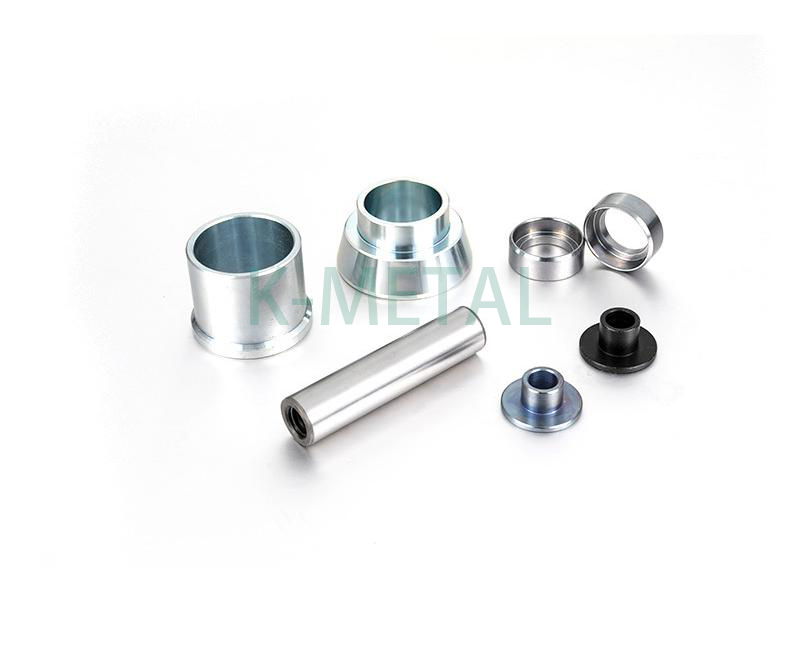
Fabricante de piezas de motocicletas
General purpose nuts: There are hexagonal nuts, square nuts, etc. Hexagonal nuts and bolts are widely used and are classified into product grades A, B, and C based on manufacturing accuracy and product quality. Non standard fastener manufacturers use hexagonal thin nuts as auxiliary nuts in fastening equipment to provide clamping or to withstand shear forces in critical areas of flange connections. Hexagonal thick nuts are commonly used for connections. The square nut is matched with the square bolt, and the wrench is not easy to slip when clamped. It is mostly used for rough and simple structures.
Groove nut: The key is the hexagonal groove nut, which means machining grooves on the hexagonal nut. Cooperate with screws, perforated bolts, and split pins to avoid relative rotation between bolts and nuts.
Lock nut: Non standard shaped nut processing refers to nuts with clamping function, including nylon insert hexagonal lock nuts and all metal hexagonal lock nuts. The hexagonal nylon ring locking nut has a very reliable fastening ability, with a usage temperature of -60~100 ℃, and under certain material standards, it has the advantages of not damaging bolts and connectors, and being able to be loaded and unloaded frequently.
Special purpose nuts: Customized processing of embedded nuts such as butterfly nuts, cap nuts, knurled nuts, embedded nuts, etc. Butterfly nuts can generally be disassembled without tools and are commonly used in places that require frequent disassembly and low stress; Use a cap nut to cover the area that the top screw must cover.

